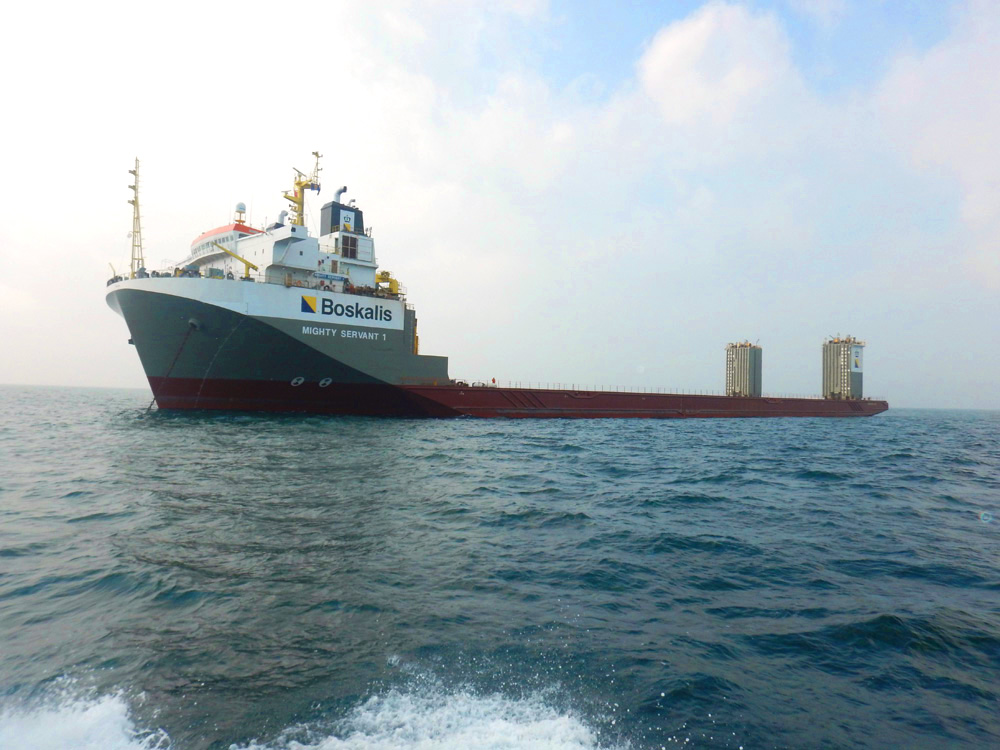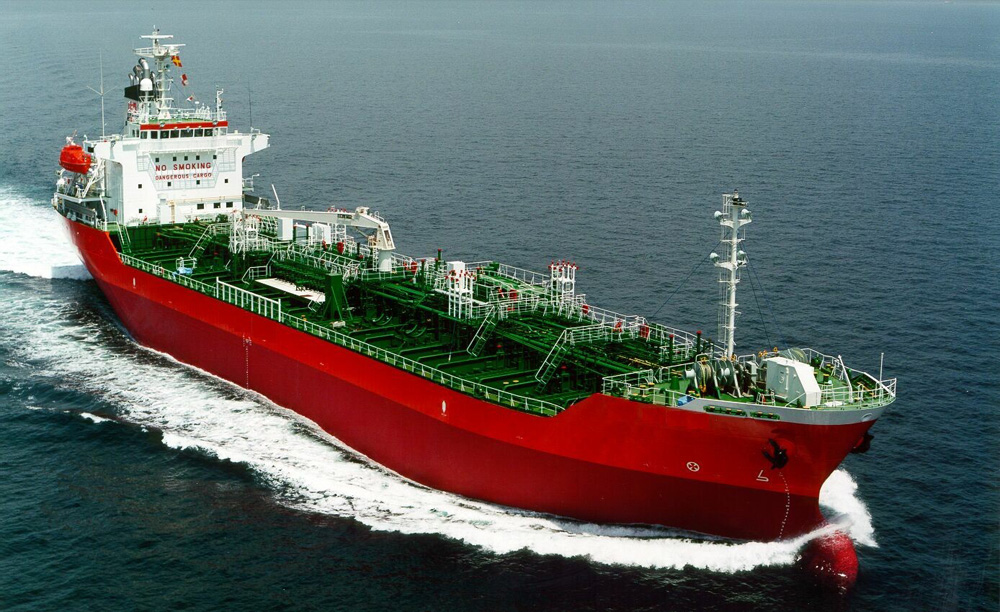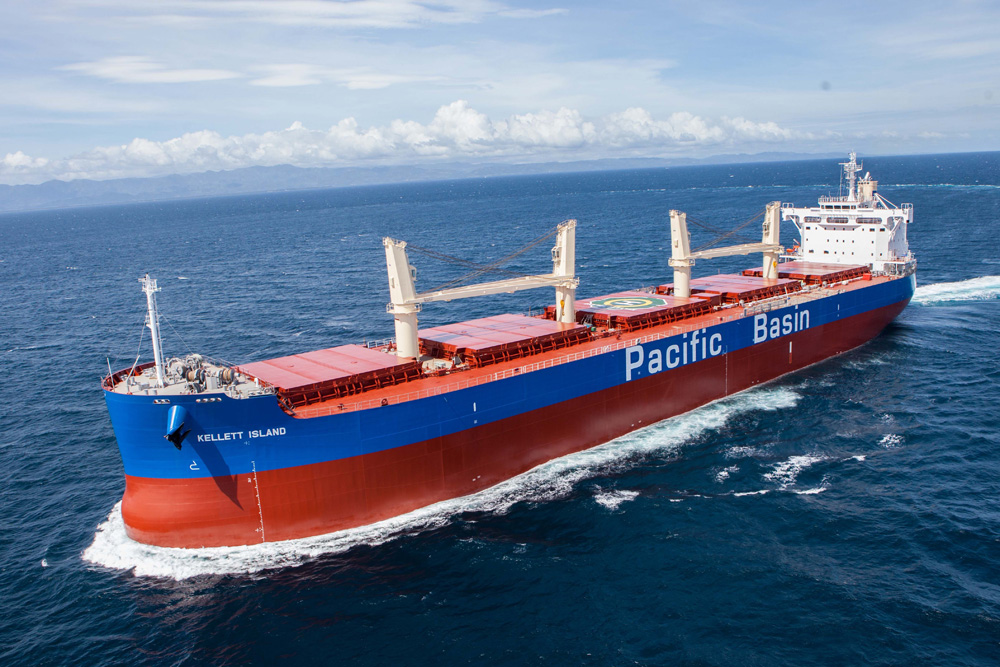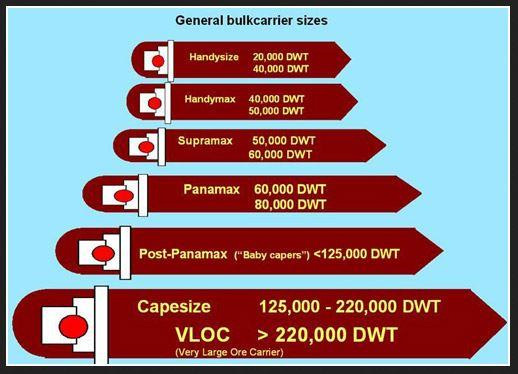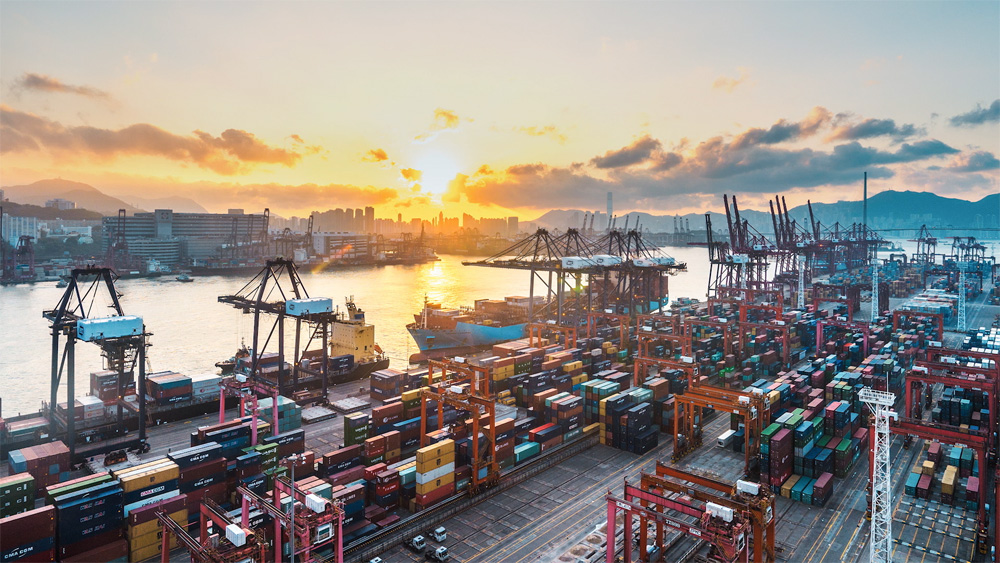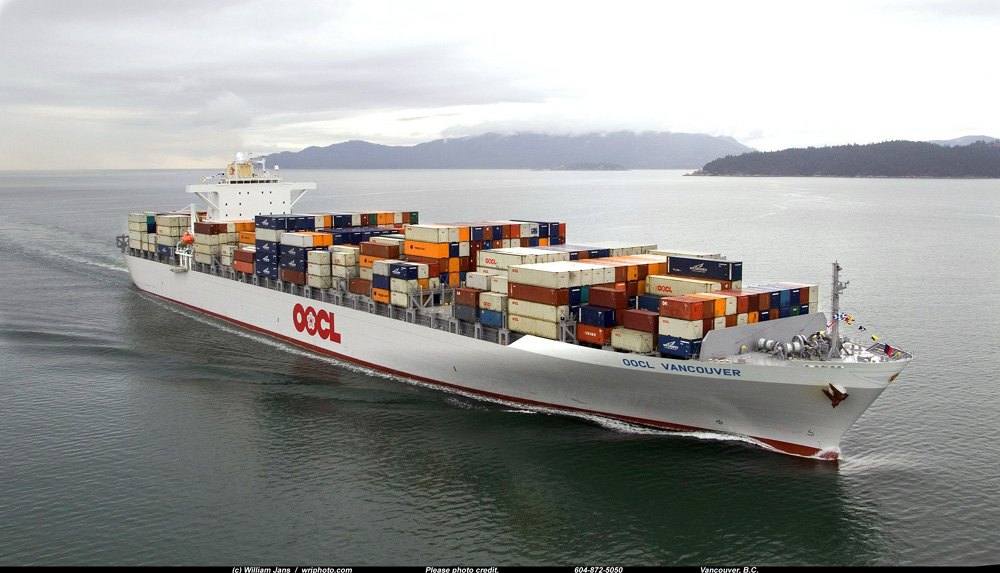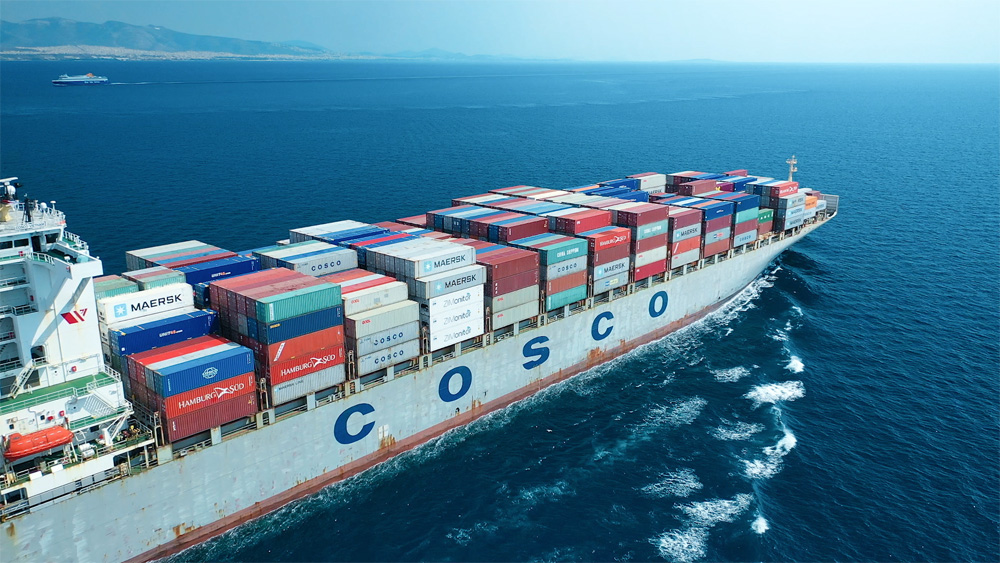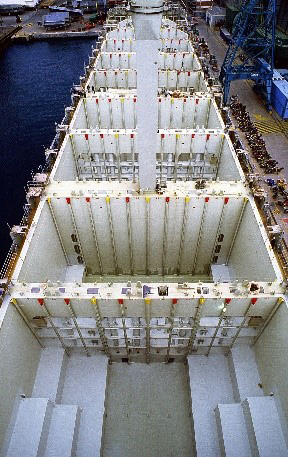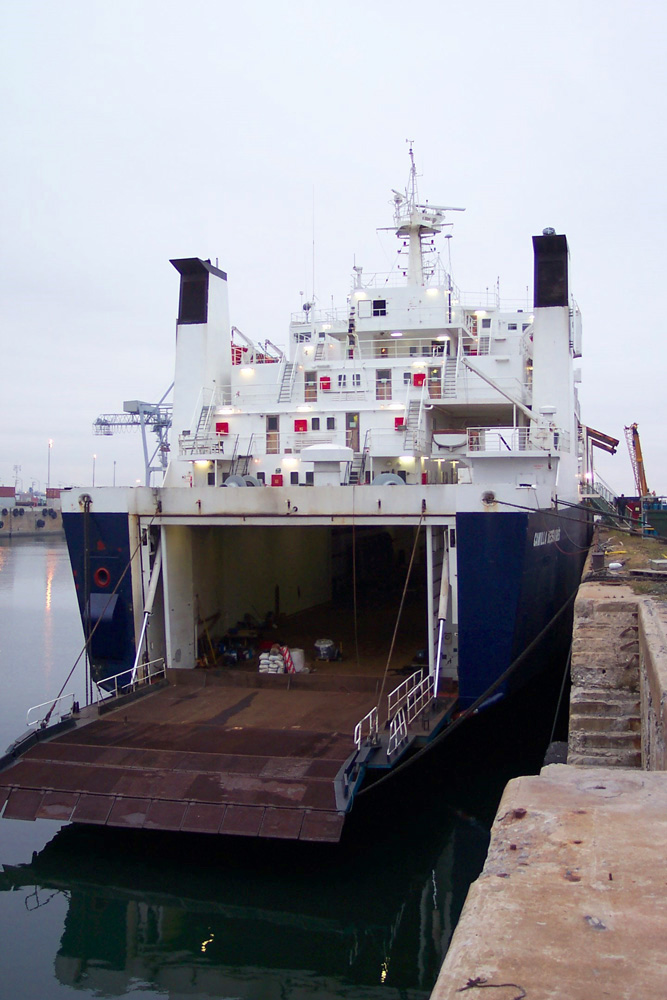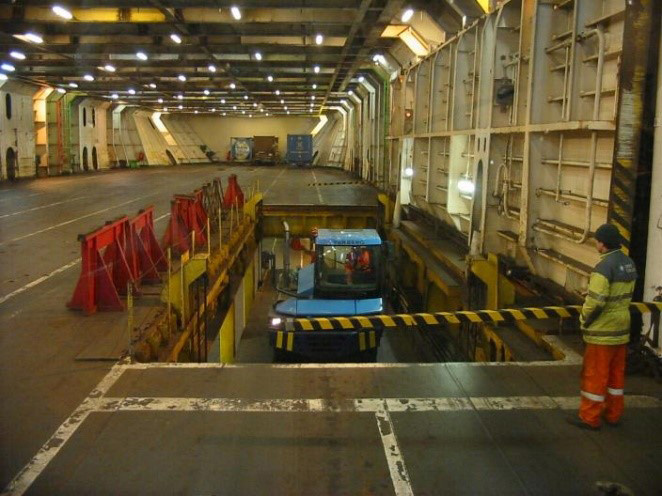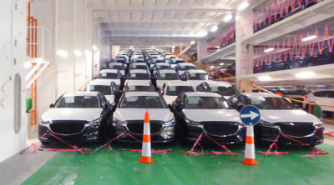Ships are one of the most important means of transportation, in particular, semi-submersible handles the shipment of mega-sized equipment and devices (e.g. offshore drilling platform, ships). Being the "Hercules" at sea, a semi-submersible has a deadweight of tens of thousands of tons. It is capable of submerging and floating to optimize the loading and discharging operation. Therefore, semi-submersible plays an important role in the transportation of oil platforms, gantry cranes, modular bridge units, etc.
The construction of a semi-submersible is sophisticated, and safe transportation of cargo relies on precise calculations and careful risk assessments. As the cargo carried usually has a high center of gravity , the ship is subject to poor stability and the situation will become worse under adverse weather, any little mistake could lead to a catastrophic incident. Therefore, every circumstance should be considered and assessed by a professional stability calculation tool in every voyage to minimize the risk.
Now you may realize the effort and contribution of semi-submersible in construction projects!
Energy demand is always a hot topic, and tankers carrying crude oil and other petroleum products are indispensable parts of the energy supply chain.
Crude oil and other petroleum products are mostly flammable, so handling with additional care is needed. Inert gas will be blown into the cargo tanks to purge air, lower the oxygen content and prevent combustion. Indeed, tankers could transport not only petroleum products, but also water, alcohol and even wine.
Tankers are designed in accordance with the size of deadweight tonnage and the limitations of sailing routes. There are different types including Aframax, Panamax, Suezmax, Very Large Crude Carrier and Ultra Large Crude Carrier (ULCC), etc. The largest ULCC in the world can reach 380m in length and 500 000 deadweight tonnage, and is higher than the Bank of China Tower when it is stood end-to-end!
Bulk carriers are mainly designed to transport unpackaged raw materials (e.g. coals, ores, cement etc.) and food (e.g. grains, beans, edible oil, etc.). There are also specially designed bulk carriers to transport timber, steel products and livestocks. Bulk carriers are indeed closely related to our daily lives.
The length of a Very Large Ore Carrier (VLOC) can reach up to 360 meters, and it can transport 400 000 tonnes of ores in a single voyage, which is equal to the capacities of 160 standard swimming pools.
It is an honour to note that one of the world's largest bulk carrier fleets is a fleet of Hong Kong-registered ships owned and managed by a Hong Kong company.
What do you see when you are passing by Kwai Chung Container Terminals? You may be aware of the container ships alongside the terminal with colorful boxes. Container transport plays an important role in the global logistics chain. Innumerable goods, including clothes, food, books, and even smartphone electronic components, are transported by container ships. In the cases of shipments of high-precision components which are thermal sensitive, temperature-controlled containers may be used.
The invention of boxed cargo has caused revolutionary impacts on global supply chain and economic developments, contributing to the shipment of goods at a much lower cost and higher efficiency.
The capacity of container ships is normally calculated by Twenty-foot Equivalent Unit (TEU), in which 1 TEU is the volume of a 20-foot-long standardized shipping container. The capacity of container ships nowadays could be up to 24,000TEU, and the length and breadth can reach almost 400 meters (i.e. equivalent to 3-4 standard football pitch) and 60 meters respectively. It is such a giant monster at sea!
According to Transport Department's statistics, the number of Hong Kong licensed vehicles has reached 818 000 in 2021. Motor vehicles are the most common transportation in our daily lives, but how are these vehicles be transported to Hong Kong from the overseas factories? The answer is by RO-RO ships.
RO-RO ships can be understood as mobilized car parks at sea. Normally, vehicles are transported like cargo which is loaded or unloaded through the built-in bow or stern ramps. Moreover, cargo holds have special lashing arrangements to avoid vehicles slipping during the voyage and prevent accident. When loading or unloading, vehicles will be driven to/ from shore by workmen.
It is spectacular that the largest RO-RO ship can have a carrying capacity of 8 000 lane meters(Remarks), she is able to carry more than 7 000 vehicles in a single voyage!
Remarks: "Lane metres" is the unit of measurement of capacity of RoRo vessels, which is calculated by multiplying the cargo deck length in metres by the cargo deck width in lanes
